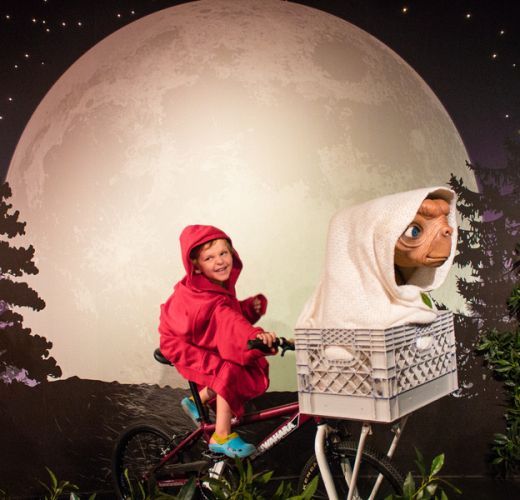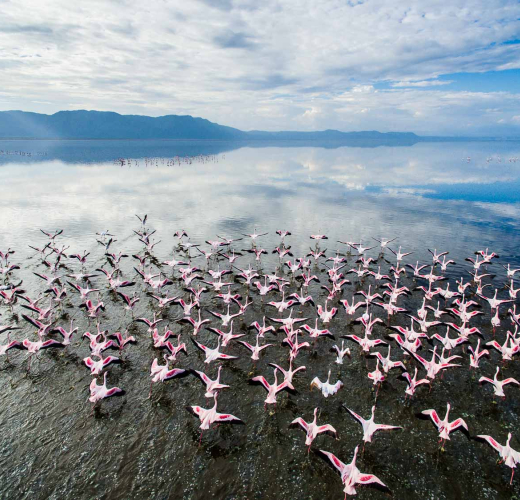Some of us have heard of the Northern Lights and have seen thousands of spectacular images or videos from all over the world. But the question is what are the causes of this natural occurence? Why are the Northern Lights sometimes coloured differently? Where is the best place to experience the Northern Lights? When is the best time of the year to visit the Northern Lights? We are sure that after knowing all of these interesting details, you will be ready to explore this natural phenomena in search of them for yourself.

What are the causes of having Northern Lights?
To start off with an interesting fact, the scientific name of the Northern Lights is ‘Aurora Borealis’. But how do Aurora Borealis appear? The Aurora Borealis is caused by collisions and charged particles from the sun merging with the molecules and atoms in Earth’s atmosphere, which it creates a rare vivid display. Moreover, the Aurora can collide with gases into oxygen and nitrogen. That is why the colours of the Northern Lights would be different.

Why are the Northern Lights sometimes coloured differently?
We can see photos of the Northern Lights come in different colours. The colour of the Aurora depends on what gases the particles from the sun collide with and on how much energy is being exchanged. Science says different gases in Earth’s atmosphere give off different colours when they are very excited. Oxygen emits the colour of green and red which is the most common colour of the Aurora. On the other hand, nitrogen emits the colour of yellow, blue and violet.

Where is the best place to experience the Northern Lights?
The best places to experience the Northern Lights are Canada, Norway, Sweden, Finland, Iceland, and Greenland. If you are travelling to Canada in search of the Northern Lights, Yukon and Yellowknife is a great place to witness the Aurora Borealis. In addition, when you are planning a trip to Norway, you must visit Alta, which is known as the “City of the Northern Lights”. Abisko is a very small town in Sweden, which is popular among for Aurora hunters, as it is surrounded by vast of mountains and clear skies. We would recommend Finland as they have various of places to search for the Northern Lights. In the north-east, destinations such as Nellim, Muotka, Saariselkä, Menesjärvi and Inari, are all very famous with knowledgeable Aurora hunters. Iceland has become a major attraction for Northern Lights with Reykjavik being the best known destination. Greenland is not only known as the second largest ice cap in the world but it is popular to see the Northern Lights as well.

When is the best time of the year to visit the Northern Lights?
If you want to see the Northern Lights, travelling at the right time is key. Here is a breakdown of the best times to go:
Canada: December to March
Norway: October to March
Sweden: November to late March
Finland & Greenland: September to April
Iceland: August to late March
There is no doubt that viewing Northern Lights will be one of the most magnificent show you’ll ever see on Earth, and it should absolutely be on your bucket list. So, pack your camera, put on some warm clothes, and prepare yourself for an unforgettable experience.
Planning your next vacation? Let us know and we will create a memorable journey for you!
Enquire to be inspired!



